SUMMARY
This is AI generated summarization, which may have errors. For context, always refer to the full article.
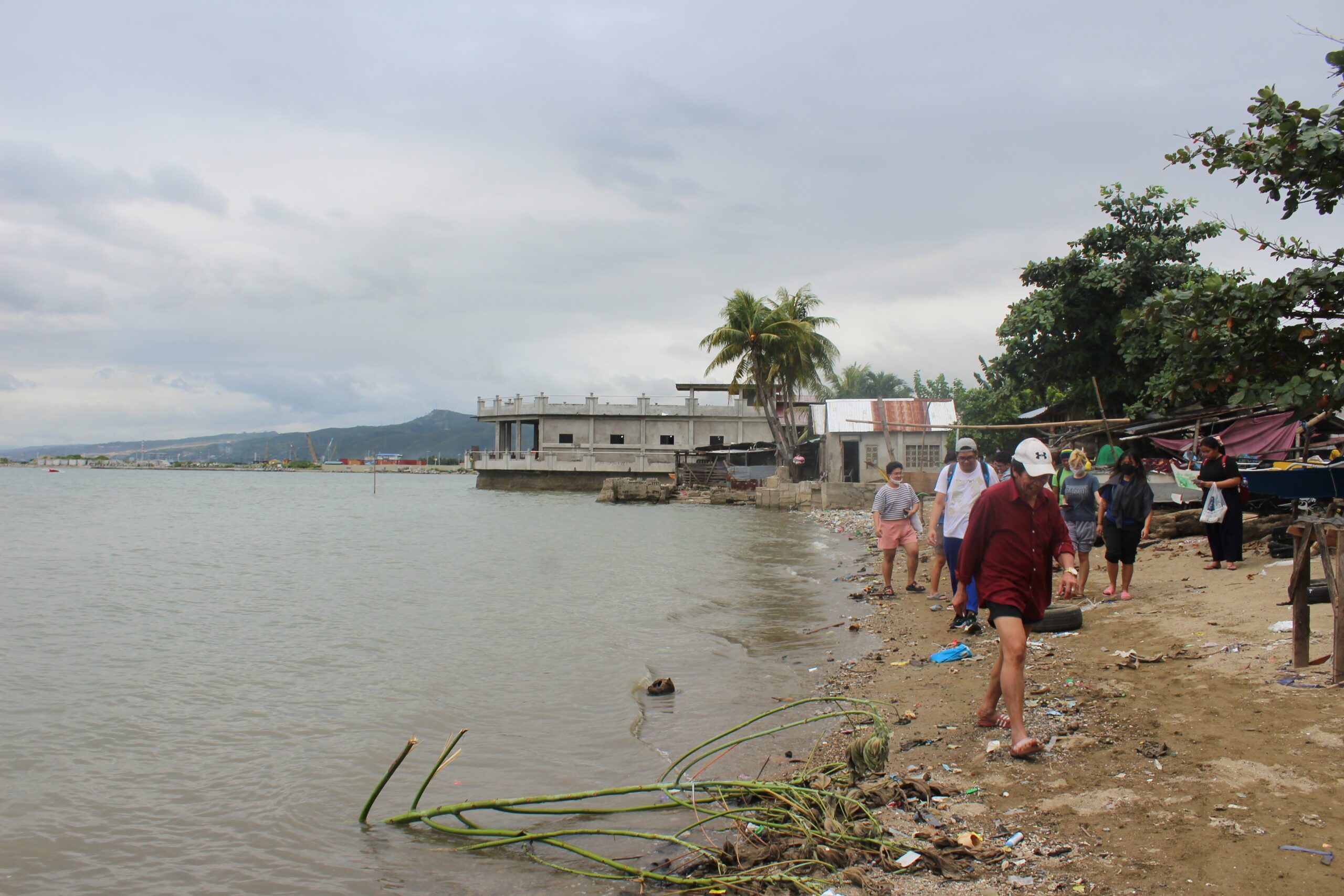
CEBU CITY, Philippines – Atanacio Espra rises earlier than the sun on a normal day in Barangay Calajoan, Minglanilla, a town 15 kilometers south of this city.
In the dark, the 73-year-old fisherman bids his family goodbye with a promise of a good catch. More often than not, the tides are on his side.
However, development is not as kind as the tides. A 100-hectare reclamation project threatens Espra and other fisherfolk who depend on the Bohol Strait for their livelihood.
The Espra family, including Atanacio’s two sons, have lived off the sea for almost six decades. Their only breaks come during typhoons or the monsoon season when they shift to construction work.
The P20-billion Minglanilla Techno-Business Park could make those seasonal disruptions permanent for the Espras and 35 other fisher families, representing 13,000 residents in Calajoan.
The mixed-use “development” project, also called the Ming-Mori, is a partnership between the local government and Cebu Landmasters Incorporated (CLI) subsidiary, the Ming-Mori Development Corporation.
“Grabe ming maapektuhan,” said Espra. “Kung madayon ang reclamation, luoy ang mga anak ug apo namo kay sa dagat mi manguha og pangkaon kung wa mi sud-an.”
(There will be grave consequences. If the reclamation pushes through, our children and grandchildren will suffer since we get meals from the ocean when we do not have food.)
It is not just livelihood at stake.
“Development” will force the Espra clan and their neighbors to leave their homes.
Their community is not alone.

Promise of ‘change’
The local government unit of Minglanilla, a town with a population of 151,000 as of the 2020 census, said that the new project, which the Philippine Reclamation Authority (PRA) approved, will generate 75,000 jobs.
Mayor Rajiv V. Enad in his 2022 inaugural speech vowed to push for the techno-business park. He described the project as an “economic powerhouse” that would “forever change the physical landscape of Minglanilla.”
But more than 500 families will need to make way for the reclamation, according to the Lower Calajoan Homeowners’ Association.
The affected communities participated in a public hearing after groundbreaking rites last year.
They were not given concrete fallback plans, however, according to the president of the homeowners’ association.
Instead, local officials merely discussed the possibility of a relocation site away from the seashore.
Relocation to a distant community would disrupt their daily work.
Fishing requires shifts in duties among members of a team and their families, said Espra.
They would have to trouble kin by even more early starts.
They would also spend more money, and use up more time to reach the sea or to access basic social services like hospital care.
Displacement from traditional livelihood and the lack of alternative work near relocation sites is a perennial problem. More often than not, it results in some of the poorest in local communities coming back to urban centers.
Community leaders said they would continue reaching out to the local government, hoping it responds to their needs.
Environmental danger chain
Aside from the loss of livelihood, the environmental group OCEANA Philippines warned of potentially severe environmental consequences to communities.
Dumping large quantities of soil and rocks on Minglanilla’s coast would hurt residents whose food and income depend on fisheries and aquatic resources, said the non-profit organization focused on marine conservation,
But the danger doesn’t start nor end on the town’s shore.
The perils extend to upland communities where, residents fear, developers would extract gravel and crushed rock for reclamation.
Quarry operations in Minglanilla are centralized in Sitio Napu, Barangay Guindaruhan, which is eight kilometers away from Calajoan.
Environmental woes are not new to the community there.
Residents and even the local government have long battled quarrying or earth-extraction activities in the area.
The hazards became more glaring in 2020, they said, after the Department of Environment and Natural Resources had approved Jomara Agrifood and Supply Corporation’s permit for a goat farm and motor pool.
Environmentalists said that when the management incorporated under Jomara Konstruckt Corporation, the disturbance of the earth was caused by the quarry operations.
Attacks on advocates
Affected residents of communities across Minglanilla came together in 2021 through Pundok Sagop Kalikupan.
The federation staged a series of mobilizations against the reclamation project and the quarry operations, calling these signs of development aggression.
Residents found support from other environmental groups like the Philippine Earth Justice Center.
Among its leaders is Danny Cañedo, who liaisons with 14 other organizations representing grassroots communities.
The federation, he said, has experienced red-tagging and harassment from state forces.
“Gisupak nila ang Konstitusyon,” expressed Cañedo, “Gipagbawalan ta nila nga mag-organisa, magtapok, ug magkat-on sa problema.”
(They do not follow the Constitution. Instead, they banned us from organizing and analyzing the problem [of reclamation].)
In the same year the federation was founded, cases were filed against peasant leaders and environmental advocates.
Jomara Konstruckt Corporation filed a cyber libel case against Sabiniana Castro, Napo Farmers’ Community Association chairperson after she posted on Facebook pictures of “site development” in their mountain community and warned of the risk of landslides.
She is currently out on bail, with the case still pending in court.
Pundok Sakop Kalikupan called Castro’s arrest an example of lawfare against critics and environmental advocates.

Campaign issue
The camp of Enad, who ran under the Abante Minglanilla, addressed the rising concern about the effects of quarrying as part of its 2022 local elections campaign messaging.
Enad’s slate bagged a 10-0 victory in the town council.
Part of the new mayor’s inaugural speech stressed the need to balance economic progress and environmental preservation.
While Enad is pro-reclamation, he announced a moratorium on new permits for quarrying.
He also ordered the Municipal Environment and Natural Resources Office (Menro) to closely monitor all existing quarry operators.
A November 2022 report by the Mingnanilla Daily, the town’s online, multimedia source of official information validated Castro’s environmental concerns.
It explained that the earth extraction was due to the previous municipal administration’s approval of a special waste disposal permit for Jomara Agrifood.
The report cited the MENRO’s December 2021 to March 2022 review of the quarry’s impact on nearby communities, and showed video clips of huge, steep swathes of eroded earth and widening cracks in the soil of what was supposed to be just a goat farm.
The cracks in the unstable clay soil extended to residential lots and also caused fissures in houses.
As a result of that study, the DENR Central Visayas issued an immediate order for Jomara Agrifoods to immediately suspend its operations.
The mayor and the town council agreed on a resolution denying the “special waste disposal permit application” of Jomara Konstruct Corporation’s motor pool.
A second resolution also denied the rehabilitation plan of Jomara Management Inc, relative to the previous earthmoving activities conducted by Jomara Konstruct Corporation for its goat farm.
Enad ordered the evacuation of the affected community in November 2022. Around 18 families left, although some households opted to stay.
But the question of accountability and compensation to affected residents have been left hanging. The local government has not replied to repeated queries about ongoing safety issues.
Vigilance
While the LGU’s actions have given residents breathing room on dangerous slope activities, the federation stressed the need for vigilance.
It is not yet clear where the reclamation material will come from, but other communities where extraction occurs would face the same dangers, the group pointed out.
Espra, speaking for fisherfolk, said their major message is that people need to push their definition of development, one which provides clear benefits, instead of further marginalization.
The experience of their family, he stressed, shows that the issue of development aggression is not only isolated within the peasant communities and residents of Minglanilla.

Beyond its primary stakeholders, the campaign for genuine development is a call for all.
As long as they can, Espra and his sons will continue fishing and take life one sail and one struggle at a time. -Rappler.com
Nico Booc is a Communication student and cultural worker from the University of the Philippines Cebu. Aside from writing, they also immerse in advocacy work as a student leader.
Add a comment
How does this make you feel?

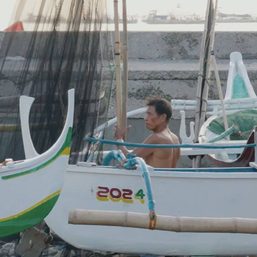

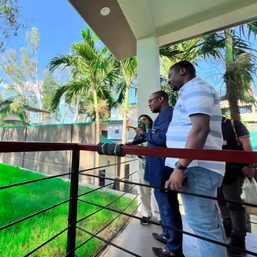
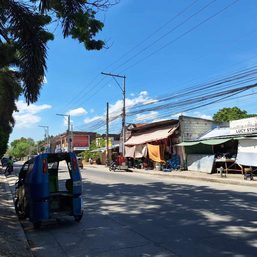




![[Kitchen 143] Visiting the world-famous Mott 32 in Cebu](https://www.rappler.com/tachyon/2024/05/kitchen-143-mott-32-brandrap-may-2024.jpeg?resize=257%2C257&crop_strategy=attention)



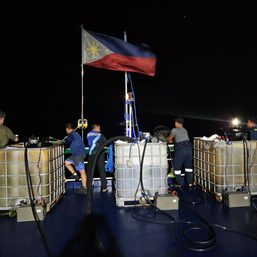
![[Rappler Investigates] Dangers of TikTok](https://www.rappler.com/tachyon/2024/04/dangers-tiktok-april-18-2024.jpg?resize=257%2C257&crop=309px%2C0px%2C1080px%2C1080px)

![[Rappler’s Best] The elusive big fish – and big fishers](https://www.rappler.com/tachyon/2024/04/The-elusive-big-fish-%E2%80%93-and-big-fishers.jpg?resize=257%2C257&crop=220px%2C0px%2C720px%2C720px)
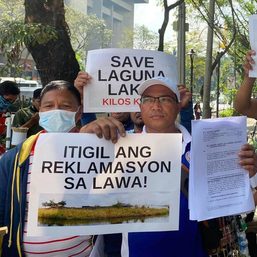

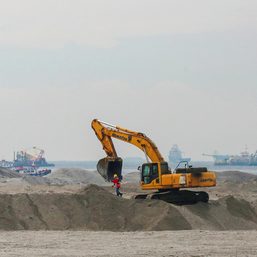
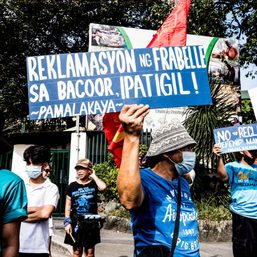
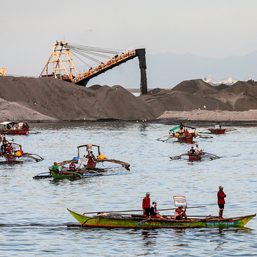
There are no comments yet. Add your comment to start the conversation.